T4K3.news
Deer Wart Outbreak Expands Across the United States
A wildlife virus carried by insects is spreading in deer across the country, prompting questions about ecology and public reaction.
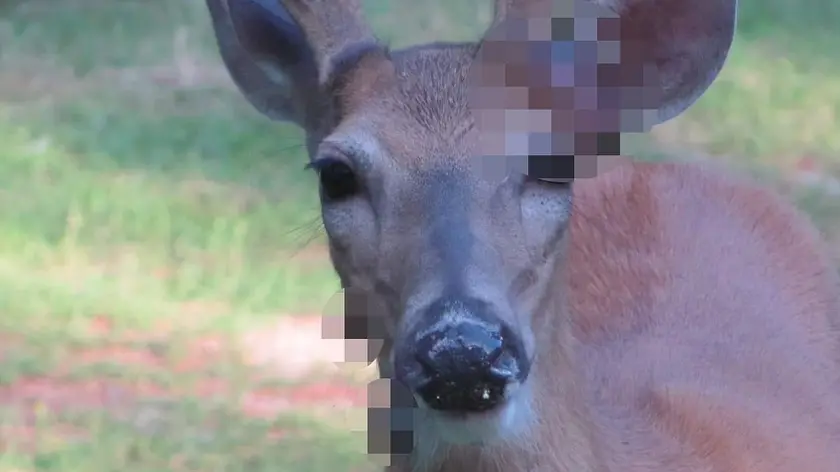
A wildlife virus carried by insects is spreading in deer across the country, raising questions about ecology and how people react online.
Deer Wart Outbreak Expands Across the United States
Deer across the United States have been spotted with tumor like growths on their bodies. Wildlife officials identify the condition as deer cutaneous fibroma, or deer warts, caused by a papillomavirus transmitted by mosquitoes and ticks. Sightings have been reported from the Northeast to the Pacific Northwest, and experts warn that warmer weather is driving insect activity and could spread the virus to more deer this summer.
Experts say the warts are rarely deadly and usually fade on their own, though large or infected growths can interfere with a deer’s sight or ability to eat. The issue fits a larger pattern of wildlife diseases emerging as climates warm and vectors thrive. Social media has amplified sightings, turning isolated cases into a nationwide conversation and sometimes fear.
Key Takeaways
"These temperature changes are allowing diseases to become endemic in new areas"
Dr Omer Awan on climate impact
"Climate change lets mosquitoes and ticks live longer and spread wider"
Dr Awan
"Social media turns a wildlife issue into a national talking point"
editorial observation
"Deer warts do not jump to humans but fear can travel fast"
Public health analyst
The article shows how climate change and insect life cycles intersect with wildlife disease, turning a local wildlife issue into a national topic. It also highlights the risk of misinterpretation when images circulate online without proper context. Public messaging from wildlife agencies will be crucial to avoid unnecessary alarm while encouraging vigilance in areas where deer and other wildlife are common.
The piece notes that there is no direct human risk from deer warts, but the broader message is about how ecological shifts can spill into public discourse. As summers grow warmer, officials may face pressure to monitor vectors more closely and to fund wildlife health programs, which could become a political and budgetary issue in some regions.
Highlights
- Online chatter shapes our fear of forests more than the facts do
- Heat and pests are rewriting the map of wildlife disease
- A virus stays with deer but anxiety travels fast
- Climate change teaches us to read signs in the seasons differently
Public health and wildlife risk from climate linked disease spread
The article links wildlife disease to climate driven insect activity and social media amplification. While the deer virus itself is not transmissible to humans, public reaction could amplify fear or lead to misinterpretation of risk.
Climate signals are changing how we read the health of wildlife and the stories we tell about it.
Enjoyed this? Let your friends know!
Related News
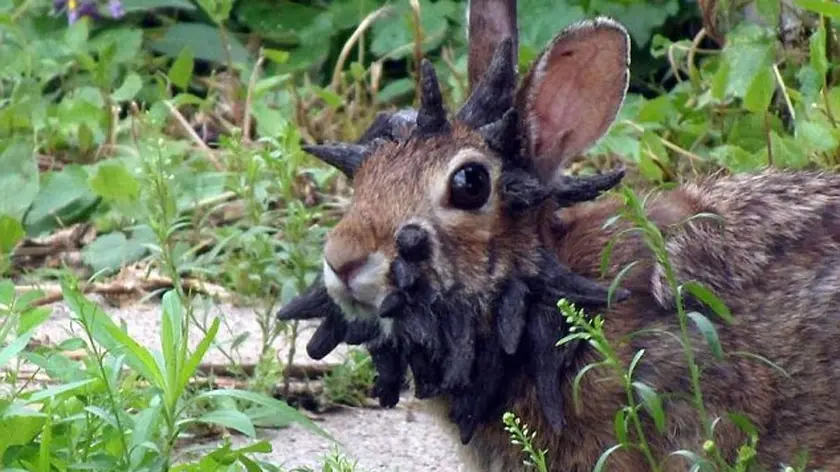
CRPV infected rabbits spread to three states
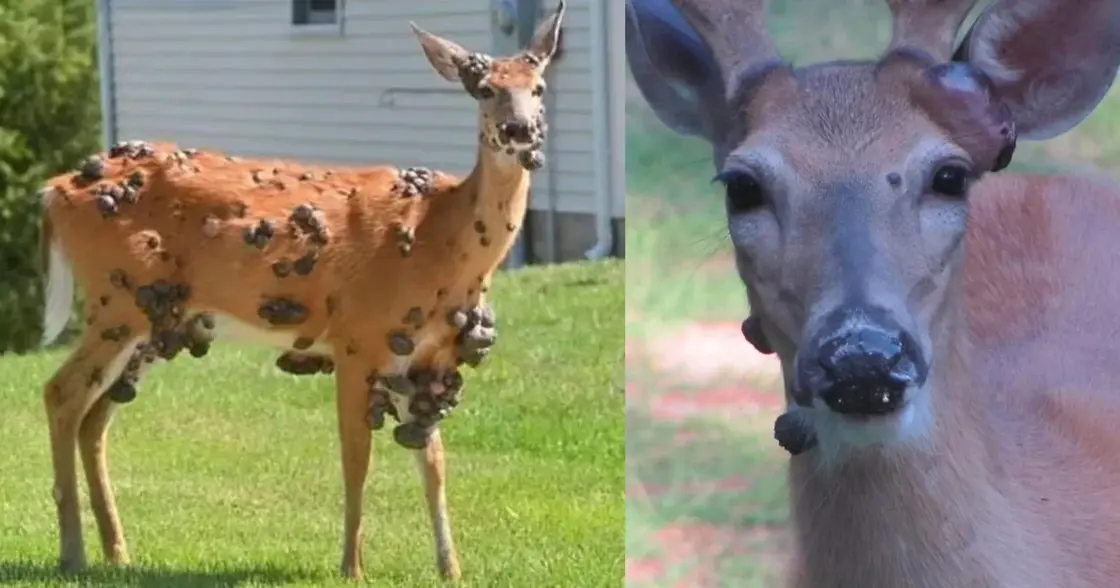
Deer disease sightings prompt health officials to monitor
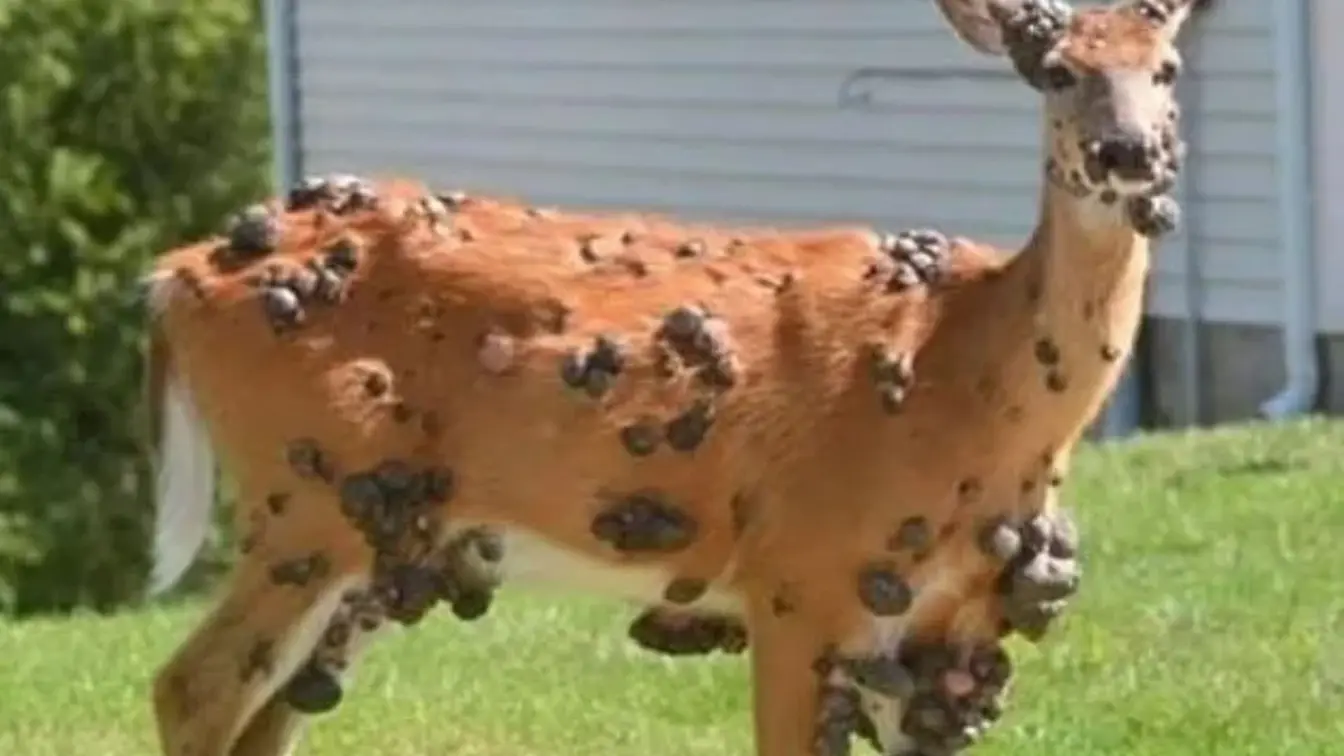
Wildlife lesions prompt official guidance

Legionella outbreak expands beyond New York City
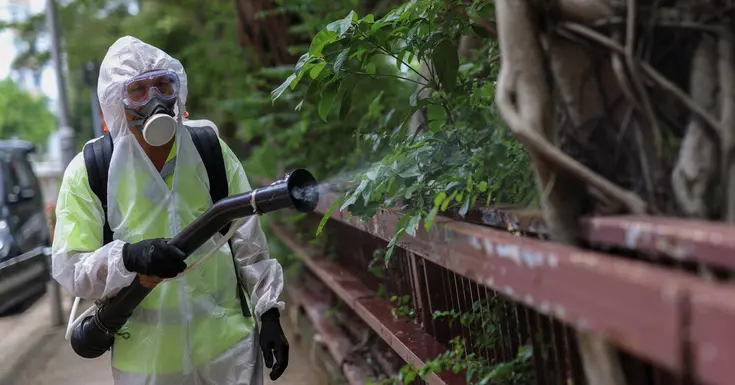
Chikungunya expands to new regions
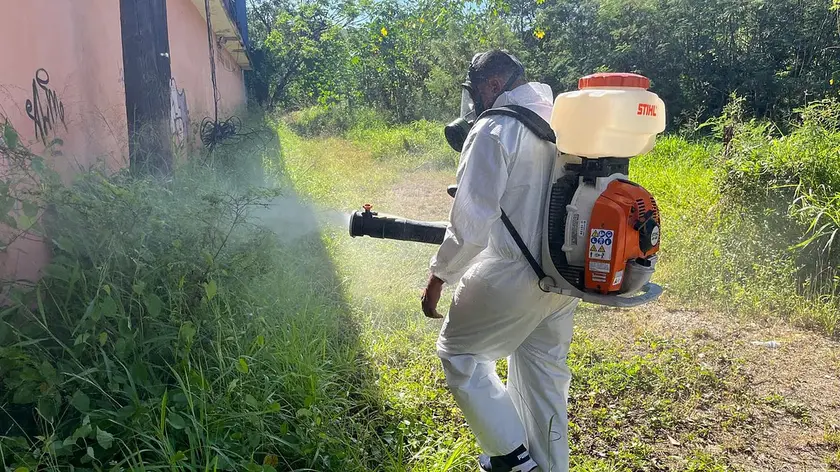
Dengue cases rise as travel fuels spread

Lowe's to acquire FBM in 8.8B deal

GB News joins Truth Plus for US launch
